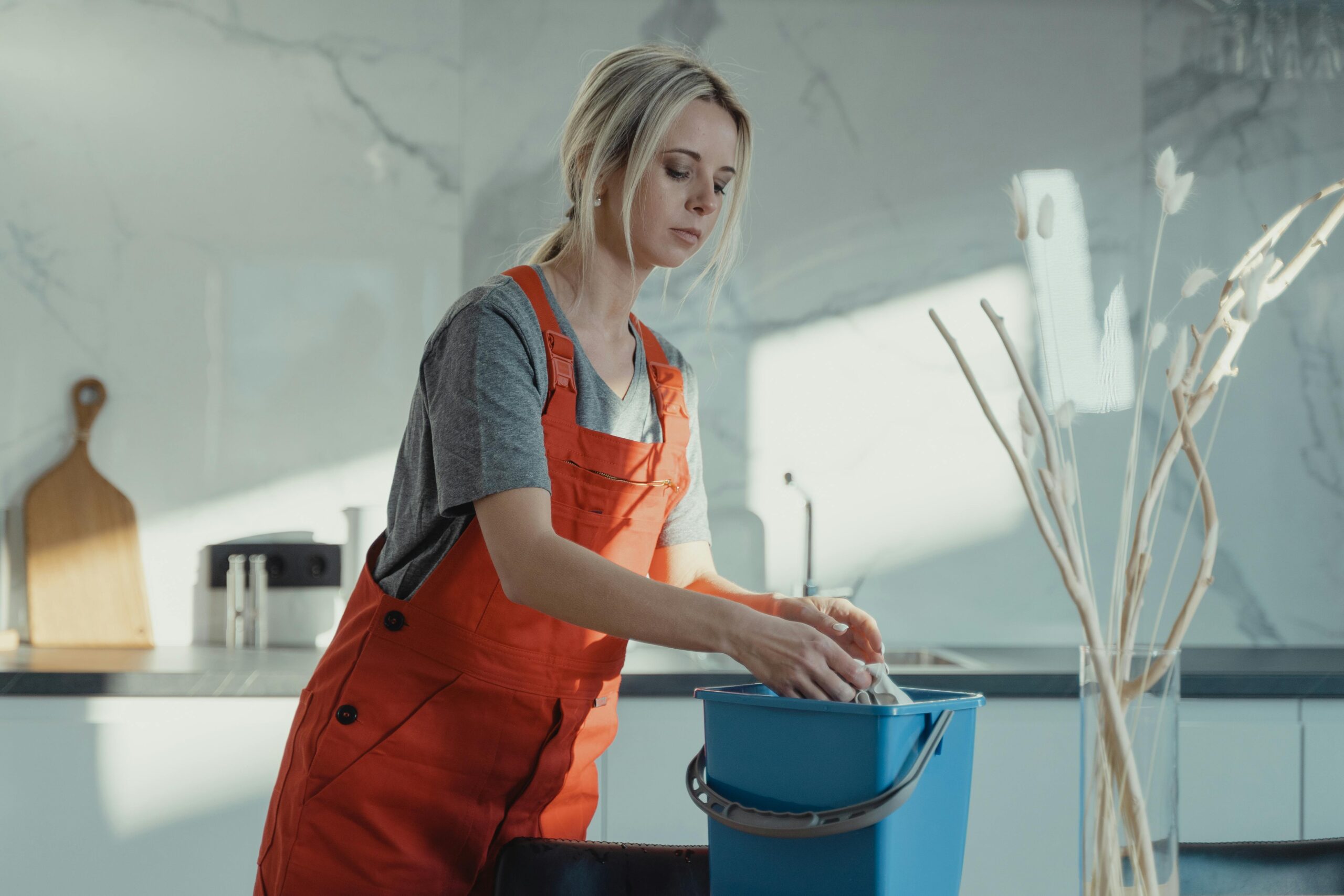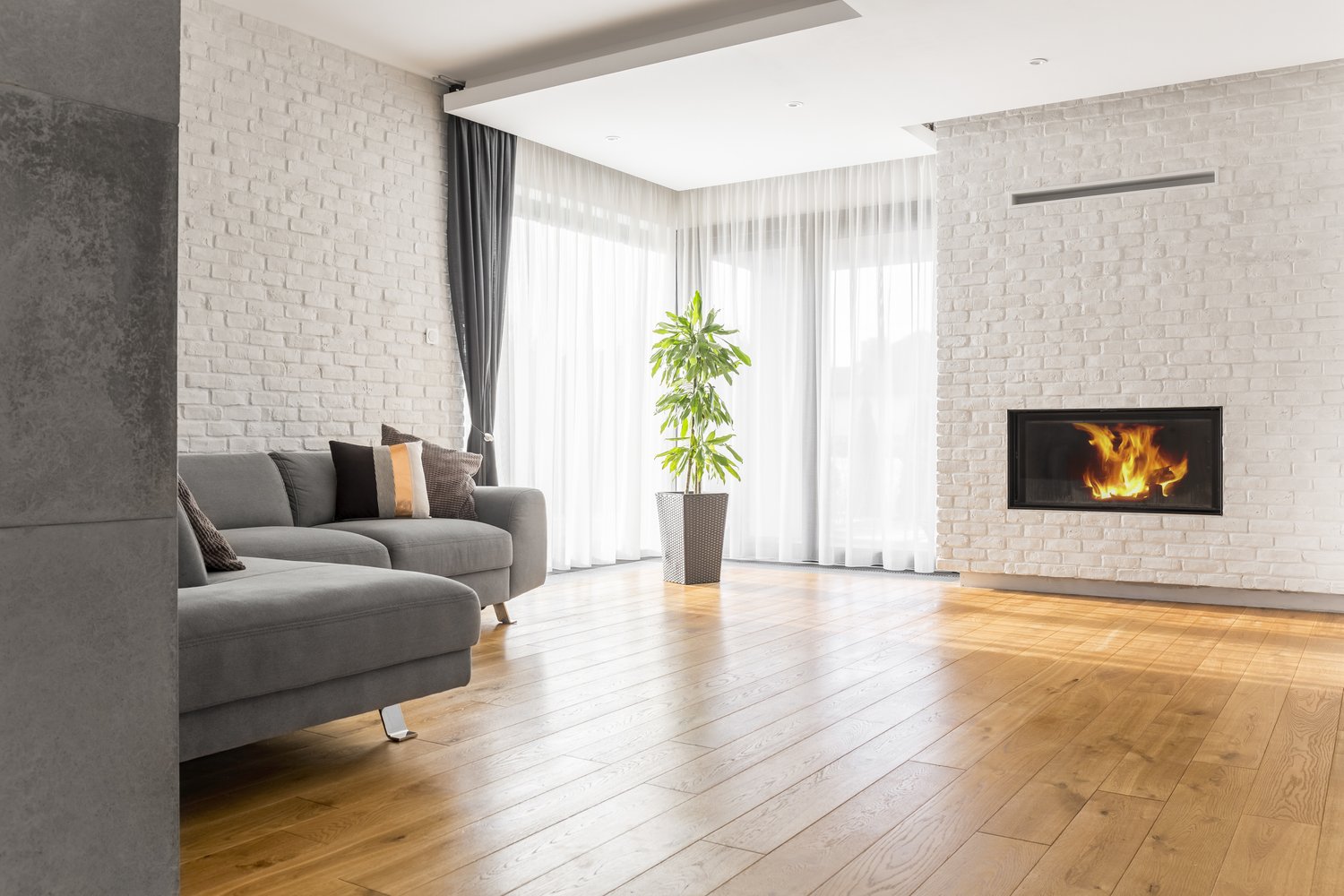Understanding the distinction between cleaning, disinfecting, and sanitizing is crucial for maintaining a healthy home environment. These terms are often used interchangeably, but they represent different levels of germ removal and surface treatment. In this article, we’ll clarify these important differences, explain when each method is most appropriate, and provide practical guidance for implementing effective cleaning protocols in your home, especially when health concerns arise.
The Basics: Defining Key Terms
Cleaning refers to the physical removal of dirt, debris, and some germs from surfaces. When you clean, you’re using soap or detergent and water to physically lift away visible soil and contaminants. While cleaning does remove some germs through the mechanical action of scrubbing and wiping, it doesn’t necessarily kill them. Think of cleaning as the essential first step in any surface maintenance routine – it removes the visible grime and prepares surfaces for more intensive treatments if needed.
Disinfecting takes germ control to another level by actually killing pathogens on surfaces. The key distinction in the cleaning vs disinfecting debate is that disinfectants contain chemicals specifically designed to kill viruses and bacteria. Common household disinfectants include bleach solutions, alcohol-based products (with at least 70% alcohol), and commercial disinfectants with active ingredients like quaternary ammonium compounds. It’s important to note that disinfectants work best on already clean surfaces, which is why cleaning should always precede disinfecting.
Sanitizing falls somewhere between cleaning and disinfecting. When you sanitize vs disinfect surfaces, you’re reducing the number of germs to a safe level according to public health standards, but not necessarily eliminating all pathogens. Sanitizing is often sufficient for food preparation areas and children’s toys. The process might involve either cleaning or disinfecting methods, depending on the surface and the level of germ reduction required.
When to Clean, When to Disinfect, and When to Sanitize
For everyday maintenance, regular cleaning is generally sufficient for most household surfaces. Daily cleaning with soap and water or all-purpose cleaners keeps dust, allergens, and some germs at bay. Areas like countertops, tables, doorknobs, and light switches benefit from routine cleaning even when no one is ill.
Disinfecting becomes essential during illness outbreaks, after handling raw meat in the kitchen, or in high-risk situations. Bathrooms, especially toilet handles and faucets, should be disinfected regularly. When someone in your household is sick, focus your disinfecting efforts on high-touch surfaces like remote controls, phones, keyboards, and door handles. According to home disinfection tips from health experts at AskHomey, allowing disinfectants to remain wet on surfaces for the recommended contact time (usually 1-10 minutes, depending on the product) is crucial for effective germ killing.
Sanitizing is particularly important for food contact surfaces and children’s items. Cutting boards, kitchen counters, and baby toys often require sanitizing rather than full disinfection. Heat-based sanitizing methods, like using the sanitize cycle on dishwashers or washing machines, can be highly effective for appropriate items.
Common Mistakes in Home Disinfection
A frequent misconception in the sanitize vs disinfect surfaces debate is that these processes are interchangeable. Using sanitizers when disinfection is needed might not provide adequate protection, especially during illness outbreaks. Conversely, constant disinfection when simple cleaning would suffice can lead to unnecessary chemical exposure and potential surface damage.
Another common error is not reading product directions carefully. Disinfectants require specific contact times to be effective. Wiping a disinfectant away immediately after application doesn’t allow sufficient time to kill germs. Additionally, mixing cleaning products can create dangerous chemical reactions – particularly combinations involving bleach.
Many people also forget that cleaning must precede disinfection. Disinfectants can’t properly penetrate through layers of dirt and organic matter to reach germs. This pre-cleaning step is non-negotiable for effective disinfection.
Creating an Effective Home Cleaning Strategy
Develop a routine that incorporates appropriate levels of cleaning, disinfecting, and sanitizing based on your household’s needs. For everyday maintenance, focus on regular cleaning of most surfaces, with targeted sanitizing in food preparation areas and children’s spaces.
Reserve disinfection for high-risk situations, illness recovery, or regularly in germ hotspots like bathrooms. When selecting products, consider the surfaces being treated – natural stone, wood, and electronics may require special formulations to avoid damage.
Remember that personal hygiene, particularly handwashing, remains one of the most effective ways to prevent illness transmission. Even the most rigorous surface disinfection can’t compensate for poor hand hygiene.
Consider the environmental impact of your cleaning routine as well. Look for EPA-registered disinfectants with safer ingredients when possible, and use reusable cleaning cloths rather than disposable wipes when appropriate. The goal is to maintain a healthy home without unnecessary chemical exposure or environmental harm.
For more tips and to connect with reliable home service professionals, follow AskHomey on Facebook and Instagram.



